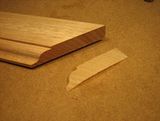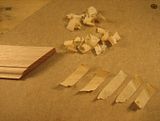engineer one
Established Member
oh **** dave, now i have to go the other way :lol:
well i will appeal for other answers just to see what the preverbial concensus is :roll:
paul :wink:
well i will appeal for other answers just to see what the preverbial concensus is :roll:
paul :wink:


































